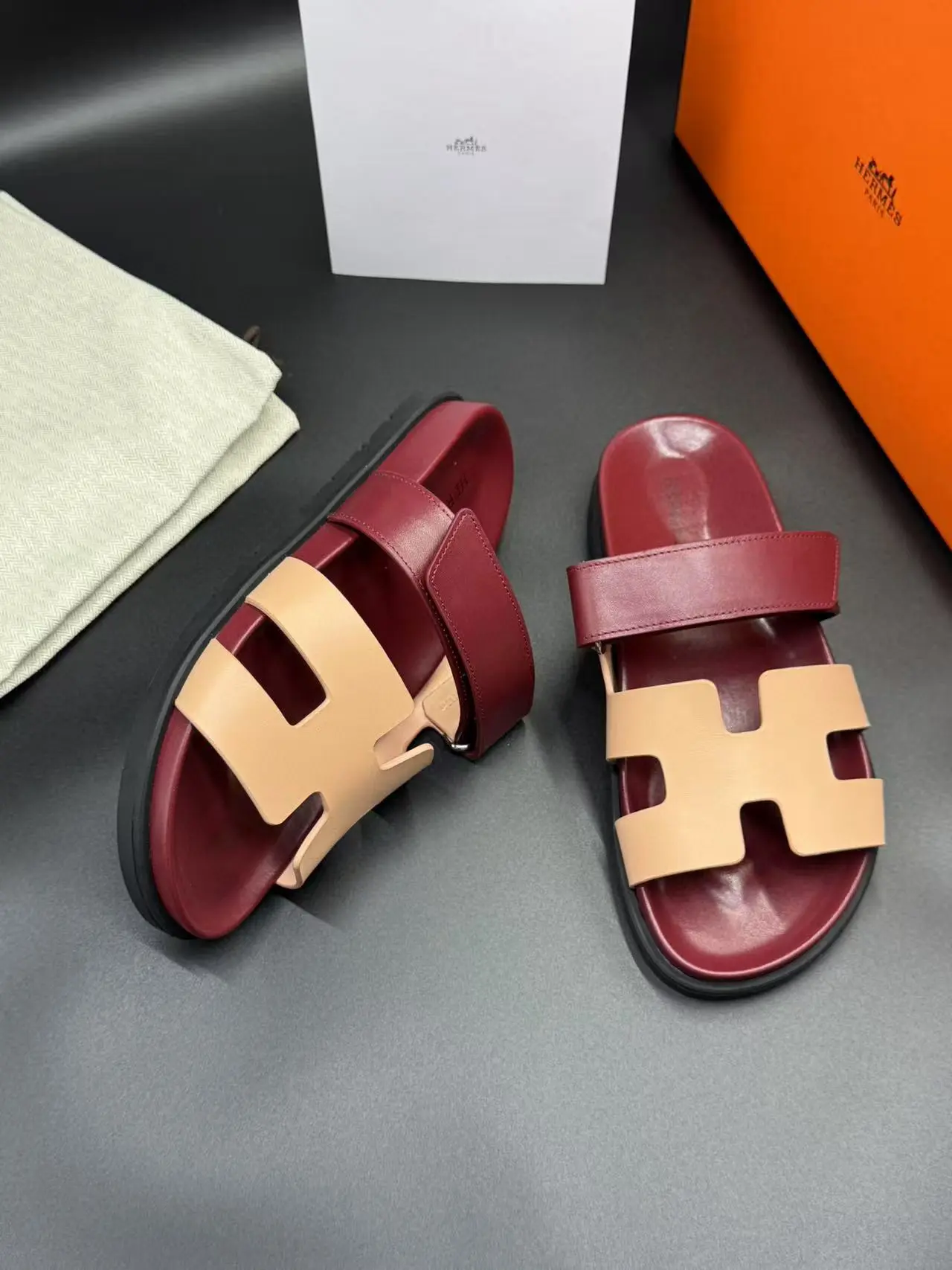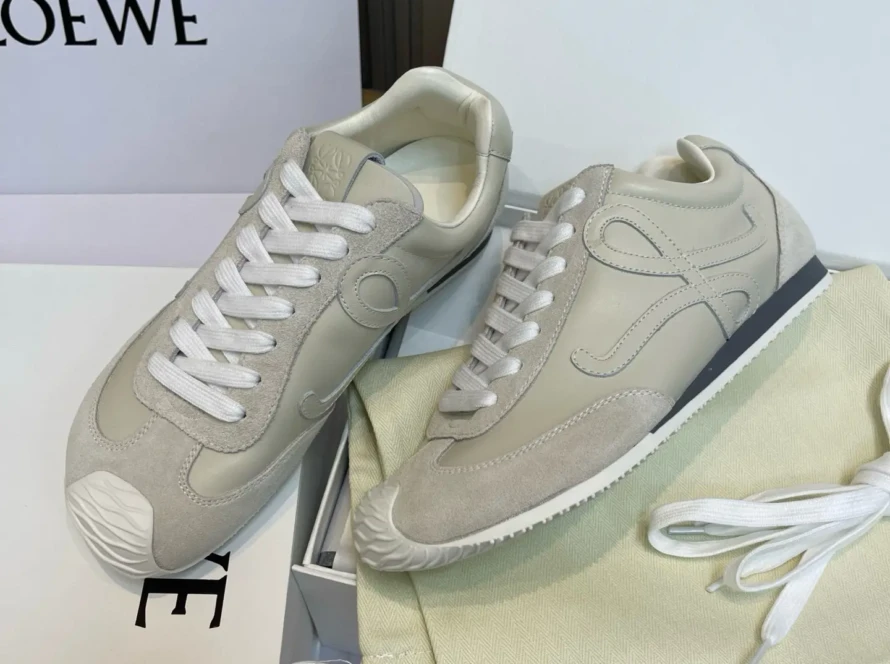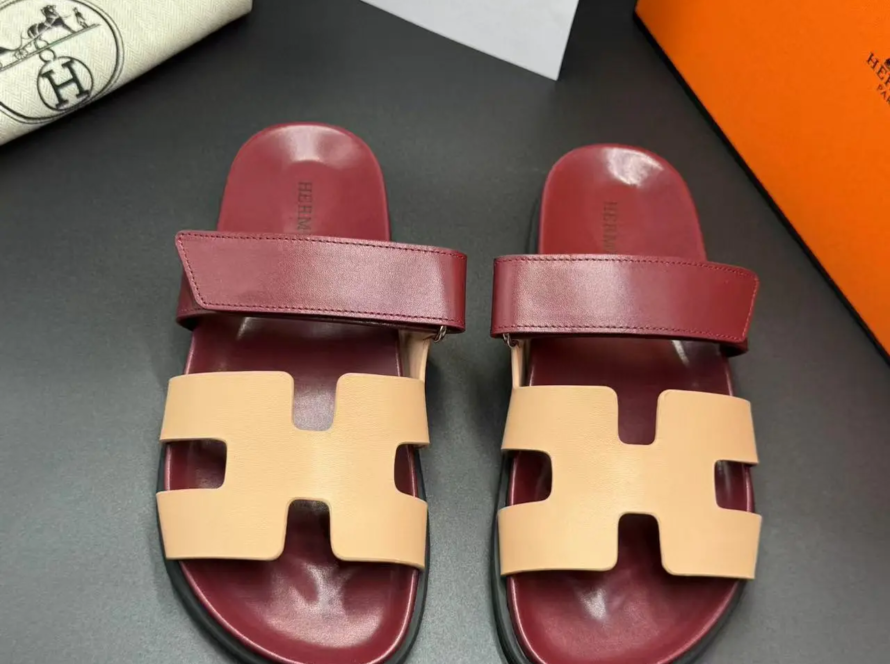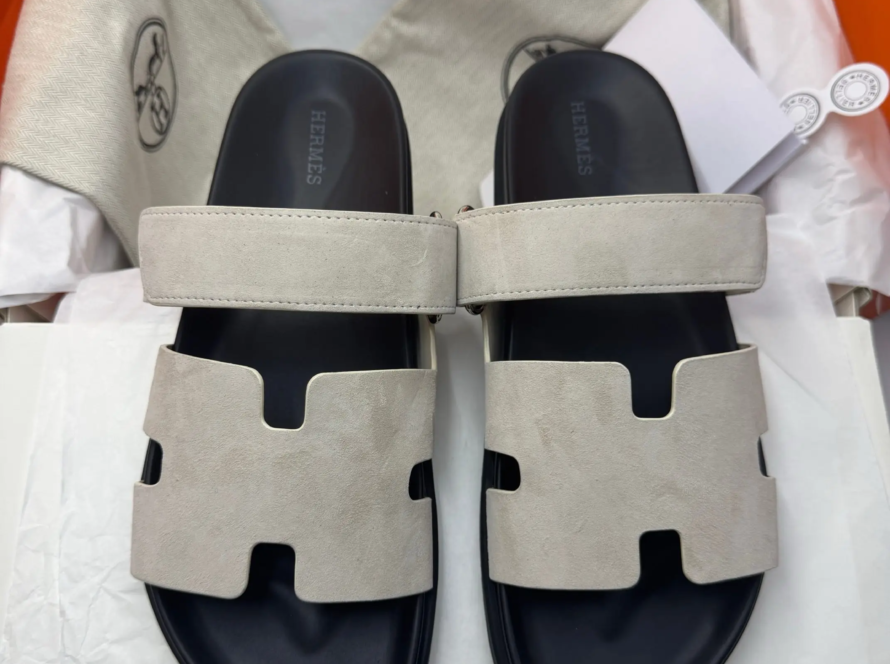
The unparalleled luxury of Loro Piana cashmere: a testament to elegance and rarity
In the scarce world of luxury textiles, few materials are as good as Loro Piana baby cashmere. Incredibly soft and so precious in nature, this fabric transcends mere materialism and becomes an emotional experience – a whisper against the skin that testifies to nature’s most exquisite gifts, perfected through human art. For the discerning connoisseur, collector or those seeking exceptional quality, Baby Cashmere represents the pinnacle of fine tailoring.
Origin Story: Nature’s Fleeting Gift
Loro Piana’s cashmere doesn’t come from a factory, but from the remote, windy plateaus of Mongolia and northern China, where the Hircus goats resist the harsh climate by growing an incredibly fine fibrous undercoat. Genuine baby cashmere is harvested only once in a goat’s life – when it is first groomed at approximately 12 months of age. Initial yields are miniscule: only 30-50 grams per child (compared to 150-200 grams for adults). Of these, only a small portion meets Loro Piana’s strict standards – exclusively fibers that meet the following criteria: 13.5 microns diameter (the average diameter of human hair is 75 microns). Nature’s scarcity is the first layer of its uniqueness.
Loro Piana’s ethical commitment ensures that this process is in harmony with animal welfare. During the shedding season, grooming is done by hand and the wool is never sheared, prioritizing the welfare of the goats – a non-negotiable principle for a house that respects nature.
Studio Alchemy: Turning fiber into legend
The raw materials are just the prologue. The virtuosity of Loro Piana lies in transformative art. Each chain goes through more than 30 meticulous steps:
- Hand sorting and hair removal: Skilled craftsmen remove coarse guard hairs under natural light, leaving only the finest down.
- ecological washing: Using bio-hot water and custom detergents, the fibers are purified without damaging their inherent structure.
- carding and spinning: Proprietary machinery cards the fibers into parallel arrangements and spins them into lightweight yarn, with a kilometer of yarn weighing less than 400 grams.
The result? Yarn comes with hypnotic sublimity and Thermal efficiency This is unmatched by traditional cashmere. The garments feel ethereal yet insulating, their drape flowing like liquid – a paradox of weightlessness and warmth.
Beyond Softness: The Sublime of Science
While “softness” is Baby Cashmere’s calling card, its appeal is rooted in biomechanical superiority:
- Curl and elasticity: Its microwaves create air pockets, enhancing insulation while ensuring breathability.
- scalar structure: Finer scales on the fiber surface reduce friction, resist pilling and maintain brightness.
- longevity: Under expert care, cashmere develops over decades, developing a patina and aging gracefully.
Independent laboratories confirm its superiority: The thermal conductivity is 0.029W/m·Kits performance is better than merino wool (0.038 W/m·K) and standard cashmere (0.032 W/m·K).
The Fashion Canvas: How Designers Harness Its Magic
For the design team at Loro Piana, Baby Cashmere is the medium for restrained luxury. Its applications break through traditional boundaries:
- ultrafine knitwear: A sweater that weighs less than 150 grams, can fit through a wedding ring, yet is as warm as a fireplace.
- custom tailoring: Woven into lightweight suit linings or blended with vicuña for an otherworldly outerwear.
- jewelry alchemy: A voluminous shawl envelops the wearer in a cloud, or a glove lined with silky cashmere for a tactile delight.
Limited edition collaborations – just like the iconic Storm System® Treated outerwear – a testament to its versatility, blending advanced technology with heirloom craftsmanship.
Passing on a legacy: the art of caring for cashmere
Ownership needs to be respected. Proper stewardship ensures these works become artifacts passed down from generation to generation:
- storage: Fold (do not hang) into breathable cotton bag containing natural moth repellent.
- clean: Hand wash in cold water with pH neutral detergent; lay flat to dry away from sunlight.
- wear: Allow 48 hours between wears for fiber recovery.
Loro Piana offers free refresh service For the client, they experience a complete revival of a treasured piece.
Investment Perspective: Beyond Aesthetics
For collectors, cashmere represents an asset class that is both artistic and rare. Vintage Loro Piana pieces are highly coveted at auction, including iconic pieces such as Baby turtleneck cashmere sweater or Class 6A shawl Get multiples of its retail value. Unlike fleeting trends, its value lies in eternity—a wearable heirloom.
Sustainable development: a spirit of inheritance
Loro Piana’s commitment goes beyond luxury. it is Mongolian cashmere The initiative works with nomads to promote sustainable grazing, biodiversity and fair wages, ensuring this ancient craft is passed on for generations.
Conclusion: The Indescribable Allure of Ultimate Fiber
Loro Piana cashmere is not a commodity; It’s a dialogue between nature’s fleeting generosity and human ingenuity. It attracts those who understand that true luxury is not something that is owned, but something that is carefully curated, intentional and respectful of its place of origin. In a world where signs call for attention, Baby Cashmere whispers. For those who listen, its message is clear: perfection is measured in microns, heritage is woven by hand, and certain forms of beauty are as delicate and enduring as a perfect thread.
FAQ: Uncovering the Secrets of Loro Piana Cashmere
Q: Why is baby cashmere so much more expensive than ordinary cashmere?
Answer: Scarcity drives value. Only 0.1% of the world’s cashmere meets the “little cashmere” standard. Combined with Loro Piana’s labor-intensive processing and ethical sourcing protocols, it represents the pinnacle of rarity and craftsmanship.
Question: How to verify the authenticity of Loro Piana Baby Cashmere?
A: Look for signature details: a woven “Loro Piana Baby Cashmere” label, a holographic authentication label, and a signature feel that’s cool and lightweight yet highly insulating. Purchase only through authorized boutiques or partners.
Q: Does Baby Cashmere pill or wear easily?
A: All cashmere pellets initially come off as loose fibers. Due to its fineness and long pile structure, lambswool has extremely low pilling. The lint on the surface can be gently removed with a cashmere comb. With proper care, it will become softer and brighter over time.
Q: Is Baby Cashmere suitable for warm climates?
A: Surprisingly, yes. Its thermoregulating properties absorb moisture and regulate body temperature. Lightweight knits (e.g., 2 ply) are great for layering in a variety of conditions.
Q: How does Loro Piana ensure its goats are treated ethically?
A: The brand mandates combing and shearing of sheep, only works with certified herders, and prohibits sourcing from areas with questionable practices. Annual audits and its sustainable grazing program further safeguard animal welfare.
Q: Can damage to Baby Cashmere be repaired?
Answer: Yes. Luo Youpanya black sheep (Black Sheep) Restoration services skillfully re-braid tears or moth damage, often making the repair virtually invisible.
Q: How are Loro Piana’s cashmere products different from other “cashmere” products?
A: “Cashmere” is a marketing term used widely elsewhere. Loro Piana has patented processing technology and implements micron thresholds (≤13.5μ) that are far stricter than industry standards. Their vertical control from pasture to product ensures unparalleled purity.
For those who begin to understand its secrets, cashmere is not so much a possession as an invitation – to touch, to linger, to understand why some luxuries cannot be replicated. In one thread, centuries of heritage and landscape come together.



